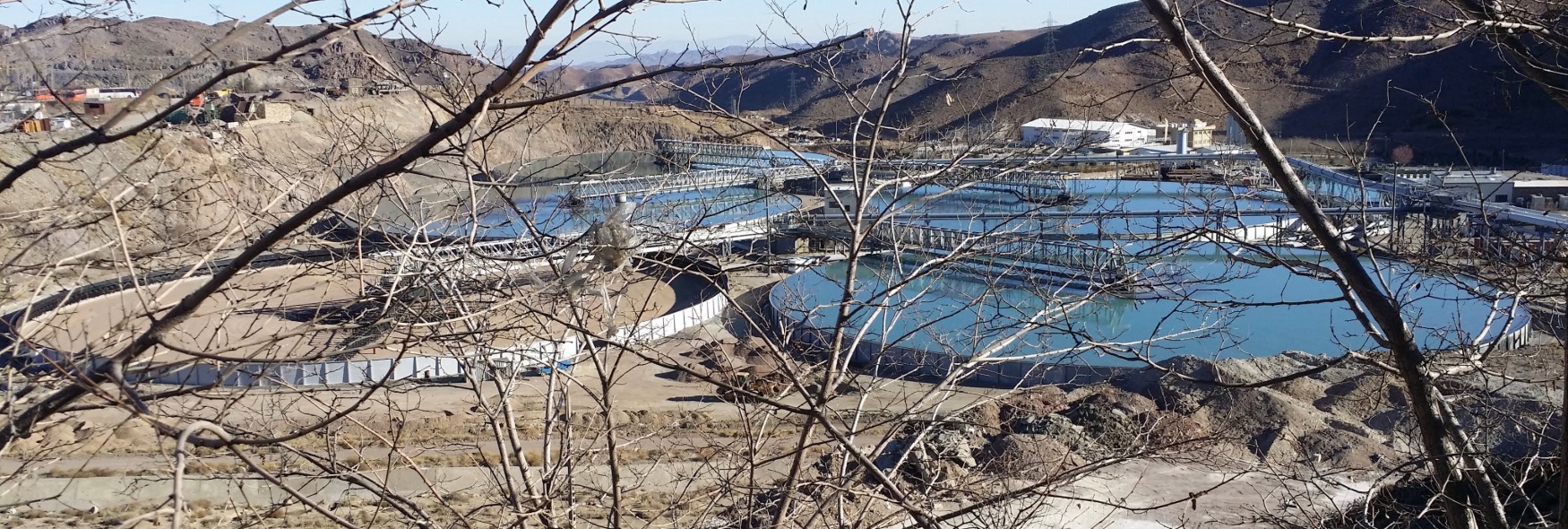Hexavalent selenium, prevalent in mine effluents across North America, also exists in various waste streams from smelting, refining, and power generation industries and presents a significant environmental challenge due to the high solubility of oxyanions such as selenite (SeO32-) and selenate (SeO42-). This overview delves into various treatment technologies and considerations for effective selenium removal while adhering to stringent water quality regulations.
Mitigating selenium at its source is a fundamental aspect of contamination management. Strategies like waste rock pile design, mine waste covers, or water capping for selenium-bearing waste material are essential, though not discussed in detail here.
Regulatory agencies, including the USEPA and Canadian authorities, impose chronic toxicity limits for selenium in aquatic systems. These guidelines influence end-of-pipe treatment targets, with adjustments based on fish tissue monitoring results due to selenium’s bio-accumulative nature and toxicity influenced by the selenium species and receiving environment.
Treatment targets are a crucial consideration, with lower selenium concentrations in treated water restricting available treatment technologies and increasing associated costs. ZeViron™, Ion Exchange (IX), and membrane technologies demonstrate proficiency in meeting stringent treatment targets below ~ 2 μg/L, while biological treatment systems usually set a minimum target of 5-10 μg/L.
The influent water quality and overall treatment requirements play a role, with ZeViron™ and membrane treatment systems offering broad contaminant removal, while biological and IX technologies are selective for selenium removal.
The disposal options for treatment residues also impact technology choice, with membrane and IX technologies generating larger volumes of by-products for disposal.
Factors like influent quality variations, risk of effluent toxicity, and climatic conditions further influence technology selection.
Treatment Technologies Overview:
Active biological treatment, though capital-intensive, is widely adopted and may be considered the status quo Best Available Technology (BAT). However, its complex operations require careful control of reactor conditions, have limited capacity, and respond slowly to changes in water flow and quality. Pre-filtration is necessary and post-treatment steps may be required due to treatment by-products being potentially harmful to fish and aquatic life.
Zero-valent iron (ZVI) stands as a well-established technology for the removal of hexavalent selenium, leveraging the reactivity of iron to transform selenium into less harmful forms. While ZVI offers potential advantages in terms of cost-effectiveness and simplicity, it is not without challenges, particularly with regard to slowing reaction kinetics caused by ZVI passivation, limiting its application to primarily the scenarios where high contaminant removal rates are not required.
Explore the advancements made with our proprietary process technology, ZeViron™. This innovative approach effectively tackles passivation issues associated with ZVI, resulting in order-of-magnitude removal rates compared to the current BAT. ZeViron™ finds diverse applications in the mining and power generation industries, as well as in smelting and refining industries.
Notably, ZeViron™ extends its efficacy beyond hexavalent selenium removal by concurrently addressing other contaminants such as heavy metals, and chromium.
Selen-IX™ integrates ion exchange resin media with electro-reduction to selectively eliminate selenium, achieving concentrations below 2 μg/L. It maintains stability despite variations in water temperature, and the resulting residue is an inorganic iron-based sludge suitable for potential co-disposal. The presence of additional contaminants in water may affect the efficiency of the process, as it depends on the selectivity of the ion exchange media. Operating the system can be complex, involving multiple unit processes, hydrogen gas management, and the handling of high electrical currents and voltages.
Membrane Treatment (RO/NF) efficiently separates selenium but requires additional treatment for brine. Operating costs are linked to flow rate and power consumption. The modular design offers high-quality permeate, potential brine sulfate reduction, but requires heating in cold conditions. Membranes can be combined with ZeViron™ to treat most challenging water.
Passive biological treatment, relying on organic and inorganic substances, offers cost-effectiveness. However, results can be inconsistent, and the method is sensitive to variations in water conditions. Residual treatment by-products and challenges in wetlands offsetting are notable considerations.
Saturated Rockfill Treatment (SRF) provides in-situ treatment without traditional plant infrastructure. Teck demonstrated this method in BC, but it exhibits slow kinetics and challenges in control. Although nature-like, it requires pumping and process control.
Effectively addressing selenium contamination involves a comprehensive evaluation of treatment technologies. Site-specific factors, including target selenium concentrations, influent water quality, treatment residue disposal, flow rate variation, and environmental risks, play crucial roles in technology selection. The diverse treatment options outlined here cater to specific needs, and the choice depends on a careful assessment of the unique conditions at each site.
For personalized assessments and expert advice on implementing selenium removal solutions tailored to your specific requirements, including the innovative ZeViron™ process, please contact us.
Farzad Mohamm PhD PEng

